Description
Familiarity with treatment
Eyebrow transplant is a surgical procedure that involves the transplantation of hair follicles from one part of the body (usually the back of the scalp) to the eyebrow area. This procedure is typically performed on individuals who have thin, sparse, or missing eyebrows due to various reasons such as genetics, over-plucking, trauma, or medical conditions.
During the procedure, hair follicles are harvested from the donor area and carefully transplanted into the eyebrow region. The transplanted hair follicles continue to grow naturally, resulting in fuller and more defined eyebrows.
Eyebrow transplants have become increasingly popular as people seek to enhance their eyebrows and achieve a more aesthetically pleasing appearance. It is important to consult with a qualified and experienced surgeon who specializes in eyebrow transplants to determine if you are a suitable candidate for the procedure. They will assess your individual situation, discuss your expectations, and provide personalized advice.
Who is it suitable for?
Eyebrow transplants are suitable for individuals who have thin, sparse, or missing eyebrows and desire a fuller and more defined eyebrow appearance. Here are some common reasons why people opt for eyebrow transplants:
- Over-Plucking or Over-Tweezing: Individuals who have excessively plucked or tweezed their eyebrows, resulting in thin or sparse hair growth, may benefit from eyebrow transplants. The procedure can help restore a more natural and fuller eyebrow shape.
- Genetic Factors: Some individuals have naturally thin or sparse eyebrows due to genetic factors. Eyebrow transplants can help these individuals achieve thicker and more defined eyebrows that better frame their face.
- Trauma or Scarring: Accidents, burns, or previous surgeries can cause scarring or damage to the eyebrow area, leading to hair loss. Eyebrow transplants can be used to restore hair growth in these areas and improve the overall appearance of the eyebrows.
- Medical Conditions: Certain medical conditions, such as alopecia areata or trichotillomania, can result in partial or complete eyebrow hair loss. Eyebrow transplants can help individuals with these conditions regain natural-looking eyebrows.
- Cosmetic Enhancement: Some individuals simply desire fuller and more defined eyebrows to enhance their facial features and overall appearance. Eyebrow transplants can provide a long-lasting solution for achieving the desired eyebrow shape and density.
Who is it not suitable for?
While eyebrow transplants can be a suitable option for many individuals, there are certain cases where it may not be recommended. Here are some factors that may make someone ineligible for an eyebrow transplant:
- Insufficient Donor Hair: Eyebrow transplants require a sufficient amount of donor hair to be harvested from another area of the body, typically the back of the scalp. If a person does not have enough donor hair or has thinning hair all over, they may not be a suitable candidate for the procedure.
- Active Hair Loss: If a person is experiencing active hair loss or has a progressive hair loss condition, such as male or female pattern baldness, it may not be advisable to undergo an eyebrow transplant. The transplanted hair follicles may also be susceptible to the same hair loss process.
- Unrealistic Expectations: It is important for individuals considering an eyebrow transplant to have realistic expectations. The procedure can enhance the appearance of eyebrows, but it cannot create completely new eyebrows or guarantee specific results. It is essential to have a thorough consultation with a qualified surgeon to discuss expectations and potential outcomes.
- Medical Conditions and Medications: Certain medical conditions, such as bleeding disorders or autoimmune diseases, may make someone ineligible for an eyebrow transplant. Additionally, some medications, such as blood thinners, may interfere with the healing process and increase the risk of complications.
- Active Infections or Skin Conditions: If a person has an active infection or skin condition in the eyebrow area, it may not be suitable to undergo an eyebrow transplant until the condition is resolved.
Advantages
Eyebrow transplants offer several advantages for individuals seeking to enhance their eyebrows. Here are some key advantages of eyebrow transplants:
- Natural and Permanent Results: Eyebrow transplants provide natural-looking results because the transplanted hair follicles are taken from the individual’s own scalp. The hair grows in the same way as natural eyebrow hair, blending seamlessly with the existing eyebrows. The results are long-lasting and permanent, allowing individuals to enjoy fuller and more defined eyebrows for years to come.
- Customizable and Personalized: Eyebrow transplants allow for customization and personalization. The surgeon can design the shape, thickness, and arch of the eyebrows to suit the individual’s facial features and desired aesthetic. This ensures that the transplanted eyebrows look natural and complement the person’s overall appearance.
- Improved Self-Confidence: Thinning or sparse eyebrows can have a significant impact on a person’s self-confidence and self-esteem. Eyebrow transplants can help restore a fuller and more defined eyebrow appearance, boosting self-confidence and improving overall satisfaction with one’s appearance.
- Minimal Downtime and Recovery: The recovery period for eyebrow transplants is relatively short compared to other surgical procedures. Most individuals can resume their normal activities within a few days to a week after the procedure. The transplanted eyebrows will gradually settle and grow over time, with full results typically visible within a few months.
- Versatility in Styling: Transplanted eyebrows can be styled and groomed just like natural eyebrows. Individuals can shape, trim, and groom their transplanted eyebrows to achieve their desired look. This versatility allows for different eyebrow styles, whether it be a natural, bold, or sculpted appearance.
- Improved Symmetry and Facial Harmony: Eyebrow transplants can help correct asymmetry or unevenness in the eyebrows, creating a more balanced and harmonious facial appearance. This can enhance overall facial aesthetics and contribute to a more attractive and youthful look.
Complications
While eyebrow transplants are generally safe and successful, there are potential complications that can arise. It is important to be aware of these complications before undergoing the procedure. Here are some possible complications of eyebrow transplants:
- Infection: There is a risk of infection at the donor and recipient sites. It is important to follow proper post-operative care instructions, keep the area clean, and take prescribed antibiotics to minimize the risk of infection.
- Bleeding: Some bleeding is normal during and immediately after the procedure. However, excessive bleeding can occur in rare cases. Your surgeon will take precautions to minimize bleeding during the procedure and provide instructions on how to manage any post-operative bleeding.
- Swelling and Bruising: Swelling and bruising around the eyebrow area are common after an eyebrow transplant. These usually subside within a few days or weeks. Applying cold compresses and keeping the head elevated can help reduce swelling.
- Numbness or Sensitivity: Temporary numbness or altered sensation in the eyebrow area may occur after the procedure. This typically resolves on its own within a few weeks or months.
- Poor Growth or Hair Loss: In some cases, the transplanted hair follicles may not grow as expected or may not survive the transplantation process. This can result in poor growth or hair loss in the transplanted area. It is important to follow post-operative care instructions and attend follow-up appointments to monitor the progress and address any concerns.
- Scarring: While efforts are made to minimize scarring, there is a risk of visible scarring at the donor and recipient sites. However, the scars are typically small and well-hidden within the natural hairline or eyebrow area.
- Ingrown Hairs: Occasionally, transplanted hairs may become ingrown, causing irritation or infection. Proper post-operative care and regular grooming can help prevent ingrown hairs.
- Asymmetry or Unnatural Appearance: In some cases, the transplanted eyebrows may not achieve the desired symmetry or natural appearance. This can be due to various factors, including the quality of the donor hair, the surgeon’s technique, or individual healing characteristics.
Previous care
Before undergoing an eyebrow transplant, there are several important cares to consider. Here are some key aspects to keep in mind:
- Research and Choose a Qualified Surgeon: Take the time to research and choose a qualified and experienced surgeon who specializes in eyebrow transplants. Look for certifications, reviews, and before-and-after photos of their previous work. Schedule a consultation to discuss your goals, expectations, and any concerns you may have.
- Understand the Procedure: Educate yourself about the eyebrow transplant procedure. Learn about the techniques involved, the expected recovery process, and the potential risks and complications. This will help you make an informed decision and have realistic expectations.
- Consultation and Evaluation: During the consultation, the surgeon will evaluate your eyebrows, discuss your desired outcome, and assess your suitability for the procedure. They will examine the quality and availability of your donor hair and determine if you have any underlying medical conditions that may affect the transplant.
- Medical History and Medications: Provide your surgeon with a comprehensive medical history, including any previous surgeries, allergies, or medical conditions. Inform them about any medications, supplements, or herbal remedies you are currently taking, as some may interfere with the procedure or recovery process.
- Stop Smoking and Avoid Blood Thinners: If you smoke, it is advisable to quit smoking at least a few weeks before the procedure, as smoking can impair healing. Additionally, avoid taking blood-thinning medications or supplements, such as aspirin or ibuprofen, for a specified period before the surgery to minimize the risk of excessive bleeding.
- Follow Pre-Operative Instructions: Your surgeon will provide you with specific pre-operative instructions to follow. This may include avoiding certain foods or beverages, fasting before the procedure, and cleansing the eyebrow area with a prescribed solution.
- Arrange for Transportation and Support: Since eyebrow transplant procedures are typically performed under local anesthesia, you may not require overnight hospitalization. However, it is still advisable to arrange for transportation to and from the clinic. Additionally, having someone available to provide support and assistance during the initial recovery period can be helpful.
- Plan for Recovery: Understand that there will be a recovery period after the procedure. Plan for time off work or other activities to allow for proper healing. Follow the post-operative care instructions provided by your surgeon, including any prescribed medications, wound care, and activity restrictions.
Aftercare
Aftercare for eyebrow transplants is important to ensure proper healing and the best possible results. Here are some general guidelines for aftercare:
- Keep the area clean: Gently clean the transplanted area with a mild, non-abrasive cleanser and water. Avoid rubbing or scratching the area.
- Avoid touching or picking at the transplanted hairs: It’s important to avoid touching or picking at the transplanted hairs to prevent dislodging them. Let them settle and grow naturally.
- Apply prescribed ointments or creams: Your doctor may prescribe an ointment or cream to apply to the transplanted area. Follow their instructions on how and when to apply it.
- Avoid excessive sweating and physical activity: Avoid activities that may cause excessive sweating or physical strain for the first few days after the transplant. This can help prevent infection and protect the newly transplanted hairs.
- Avoid direct sunlight and tanning beds: Protect the transplanted area from direct sunlight and tanning beds for at least a few weeks. Use a hat or sunscreen with a high SPF to shield the area from harmful UV rays.
- Avoid swimming and saunas: Avoid swimming in pools, hot tubs, or saunas for a few weeks after the transplant. These environments can increase the risk of infection.
- Follow a healthy diet: Eating a balanced diet rich in vitamins and minerals can promote hair growth and overall healing. Include foods that are high in protein, vitamins A, C, and E, and iron.
- Avoid smoking and alcohol: Smoking and alcohol can hinder the healing process and affect hair growth. It’s best to avoid them during the recovery period.
- Follow your doctor’s instructions: Your doctor will provide specific instructions for aftercare based on your individual case. It’s important to follow their guidance and attend any follow-up appointments.
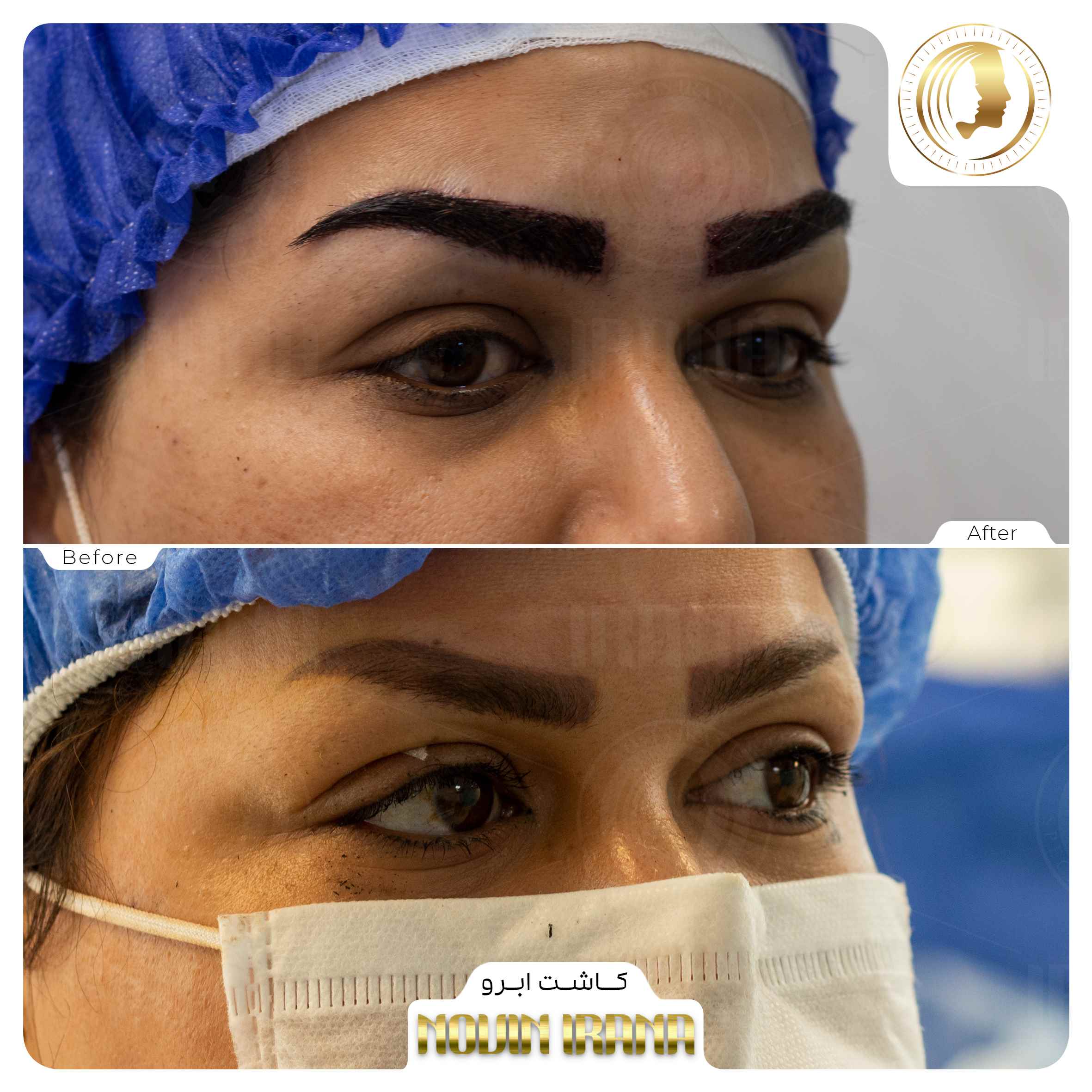
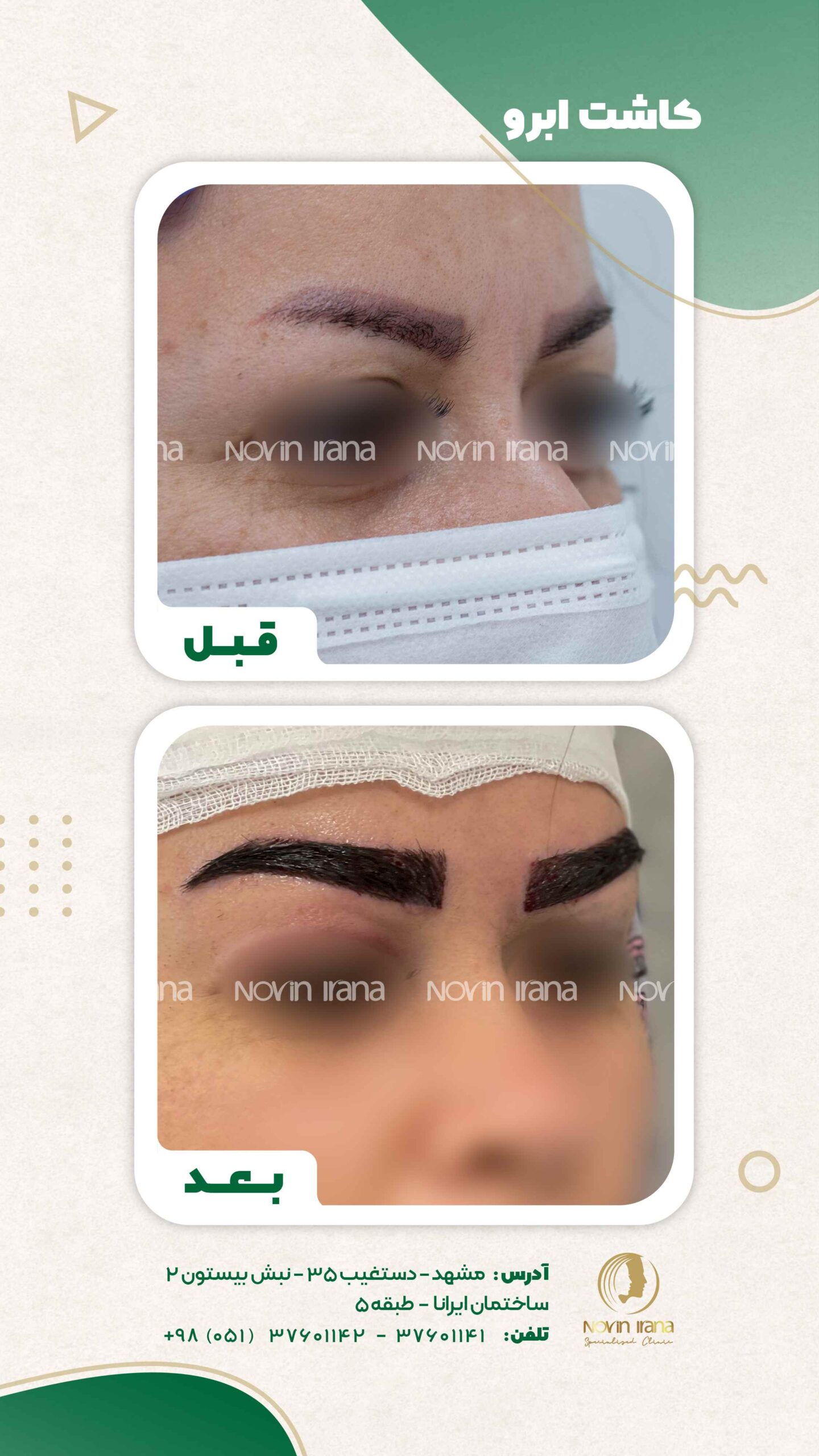
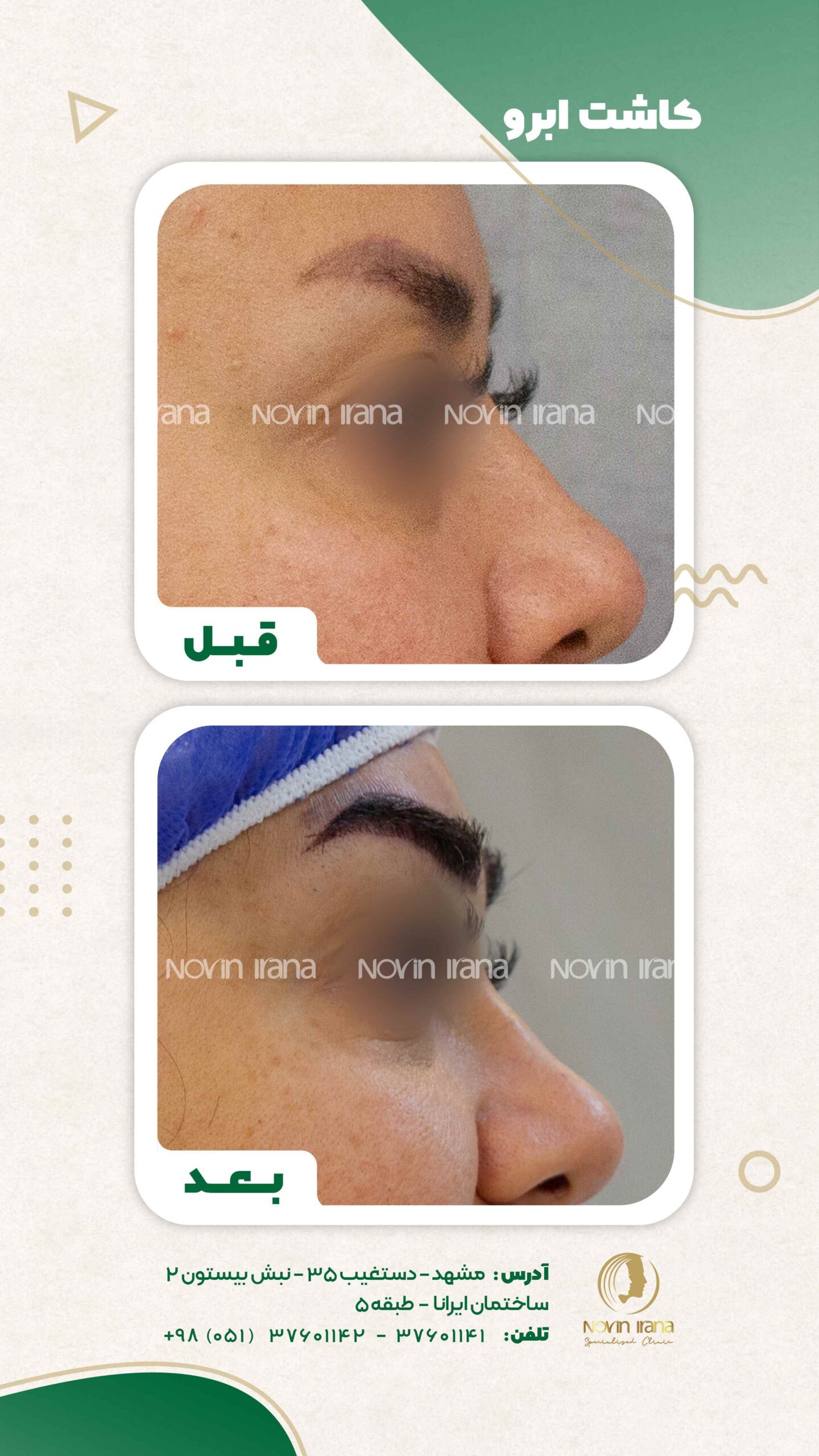
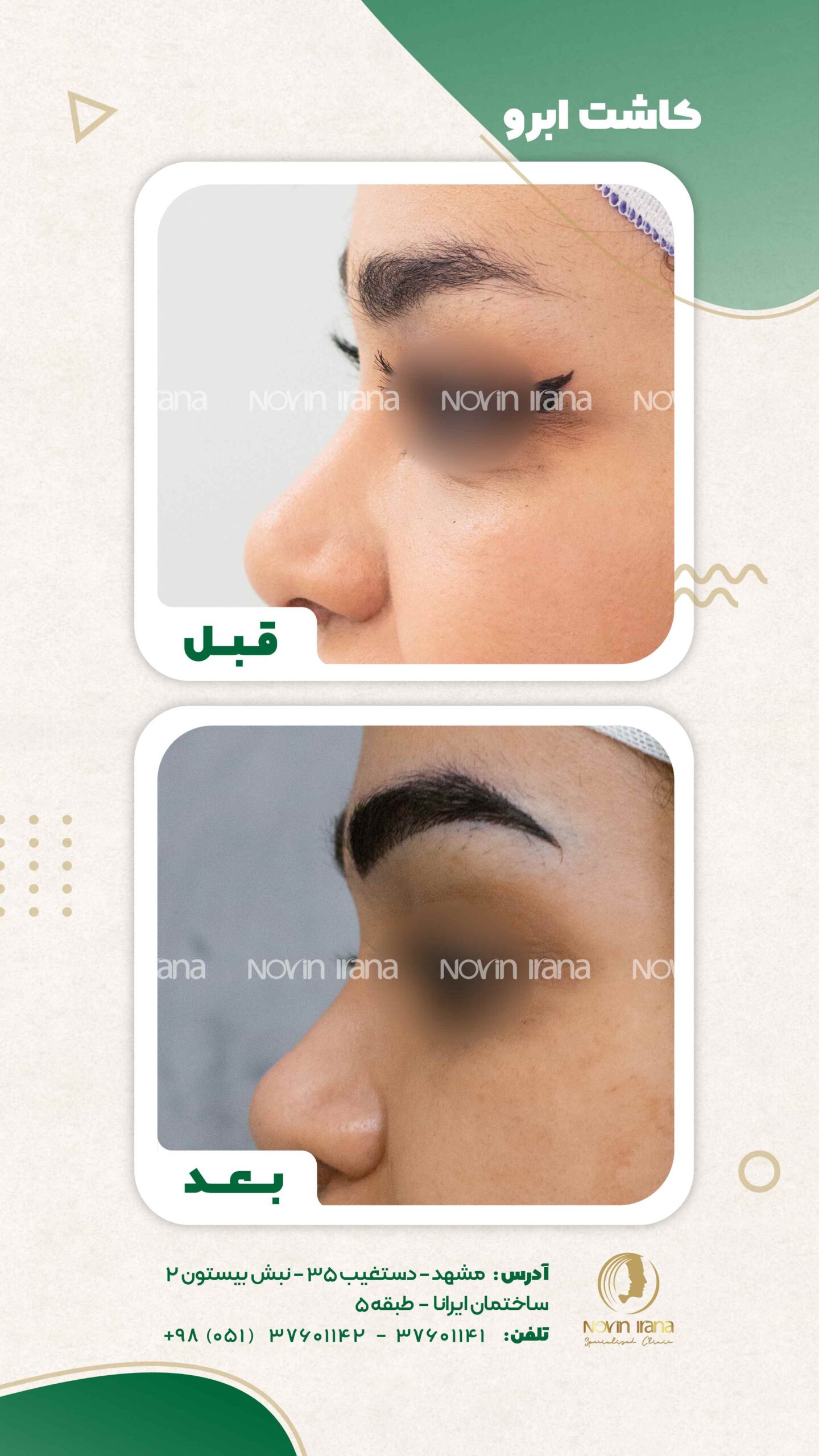
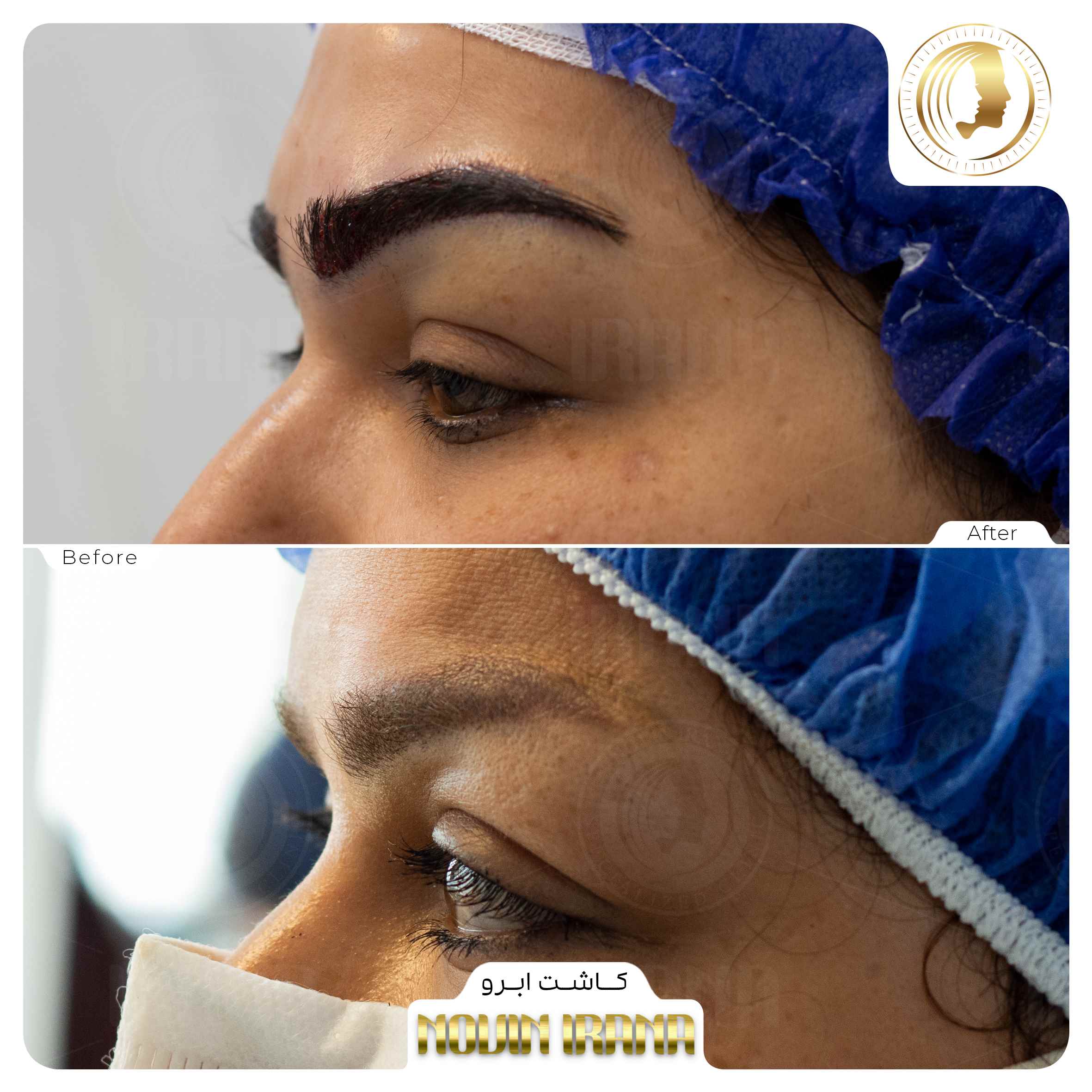
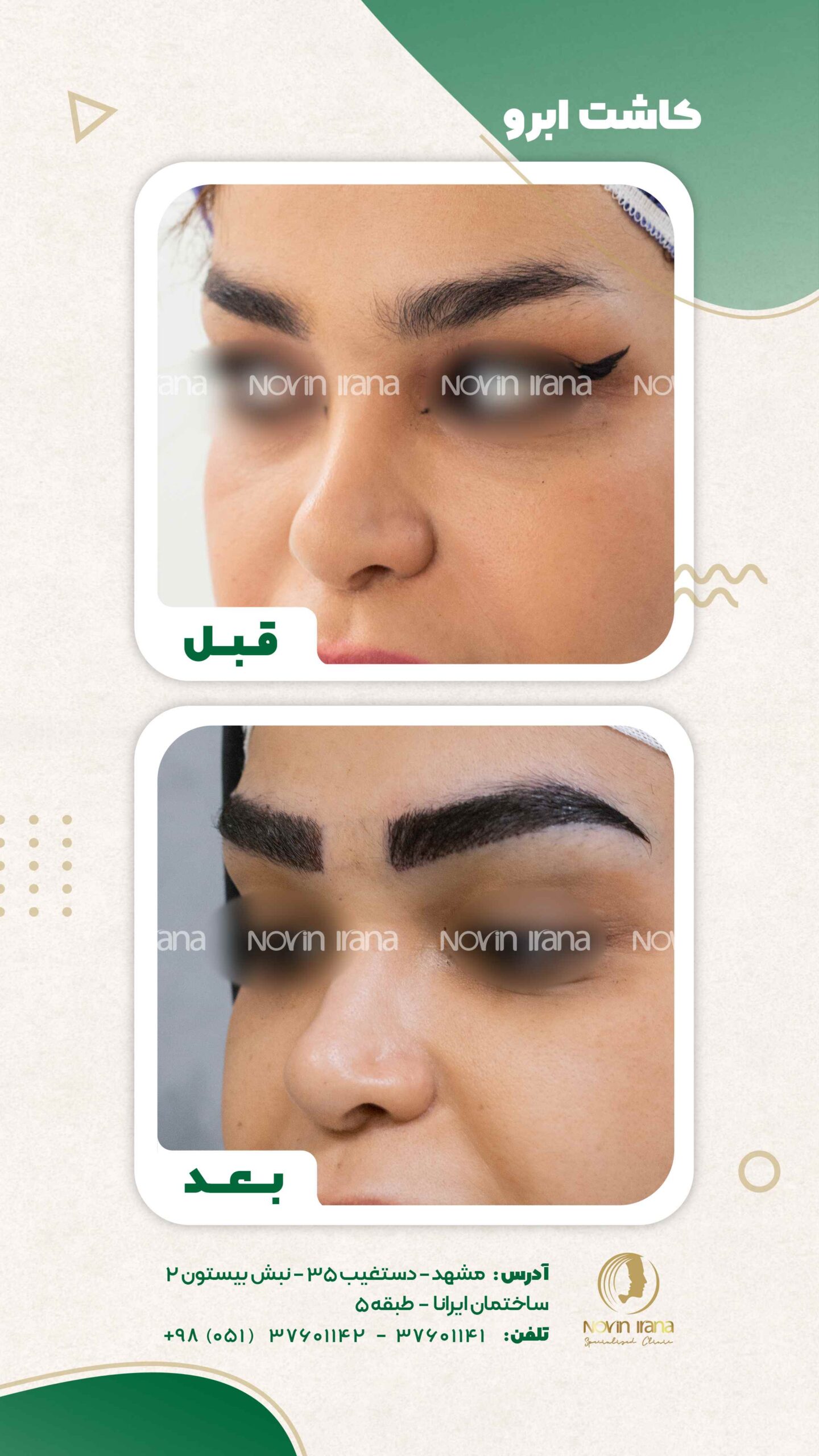
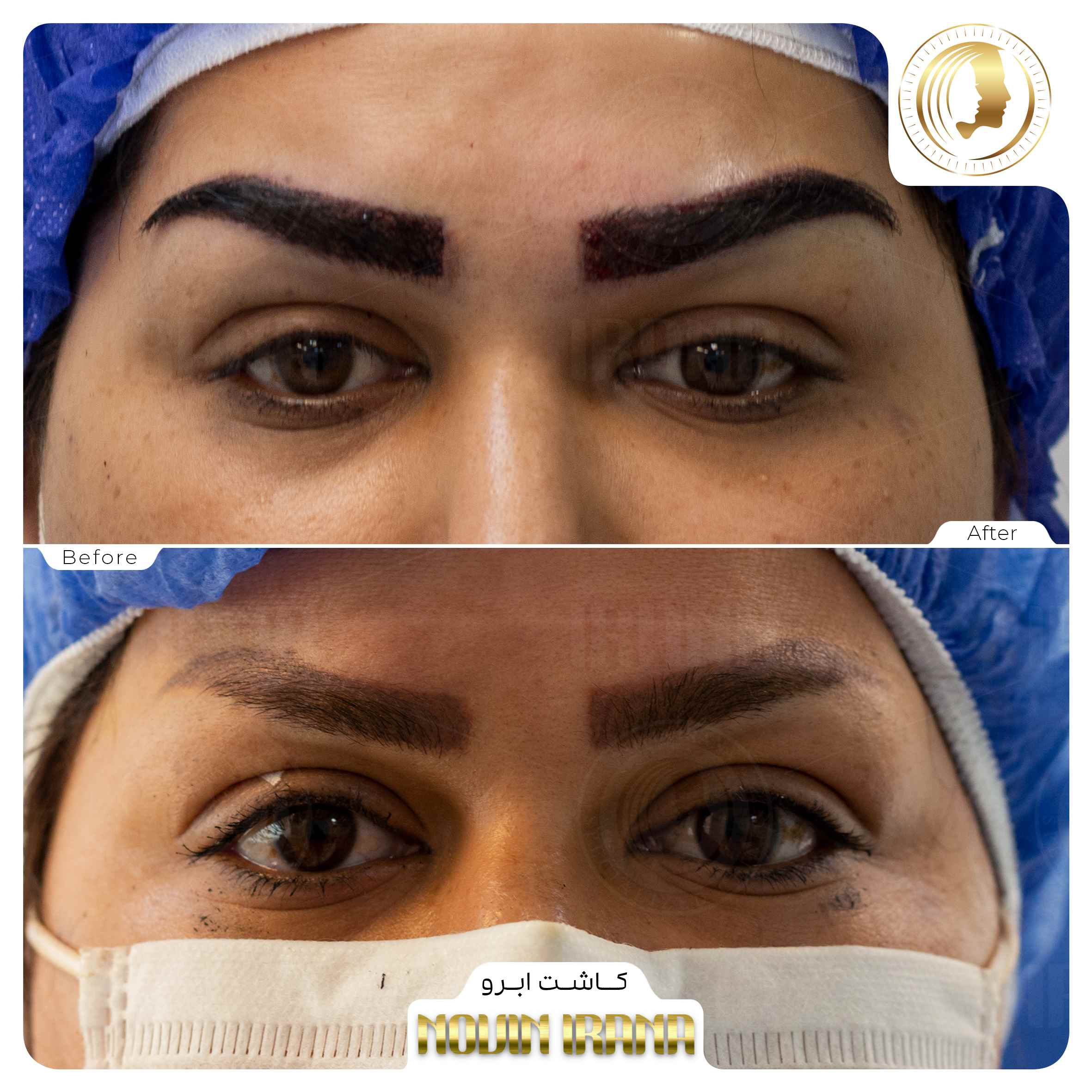
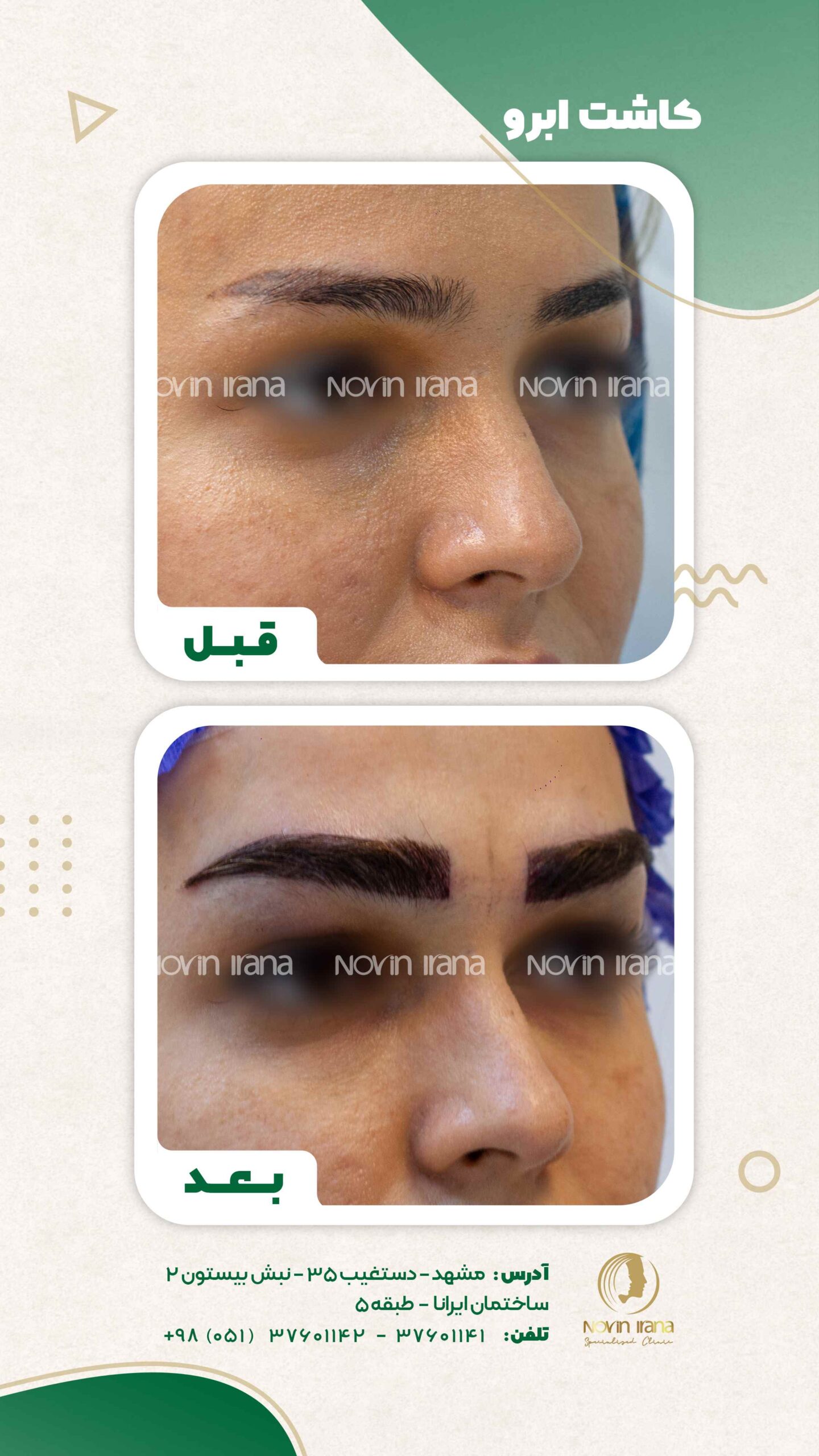
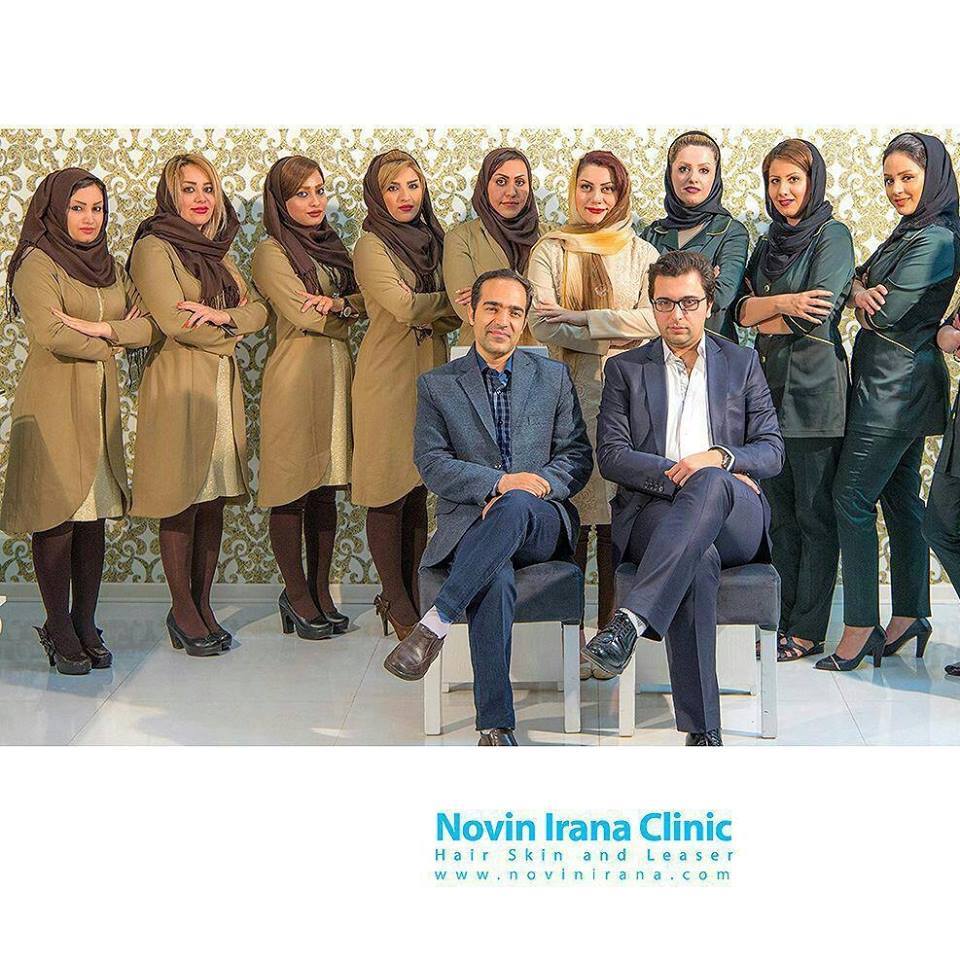

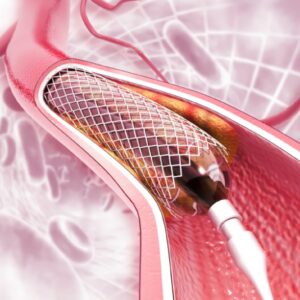
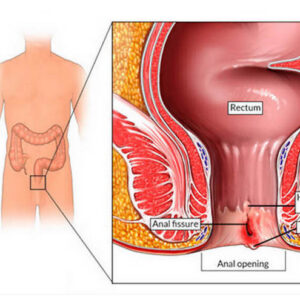
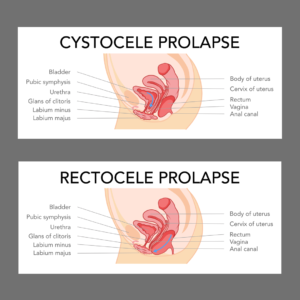
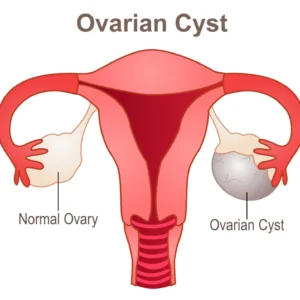
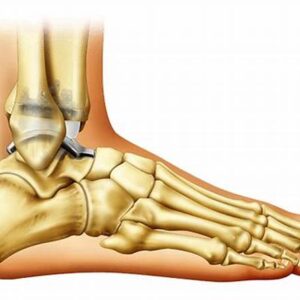
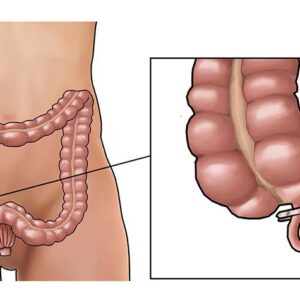
Reviews
There are no reviews yet.